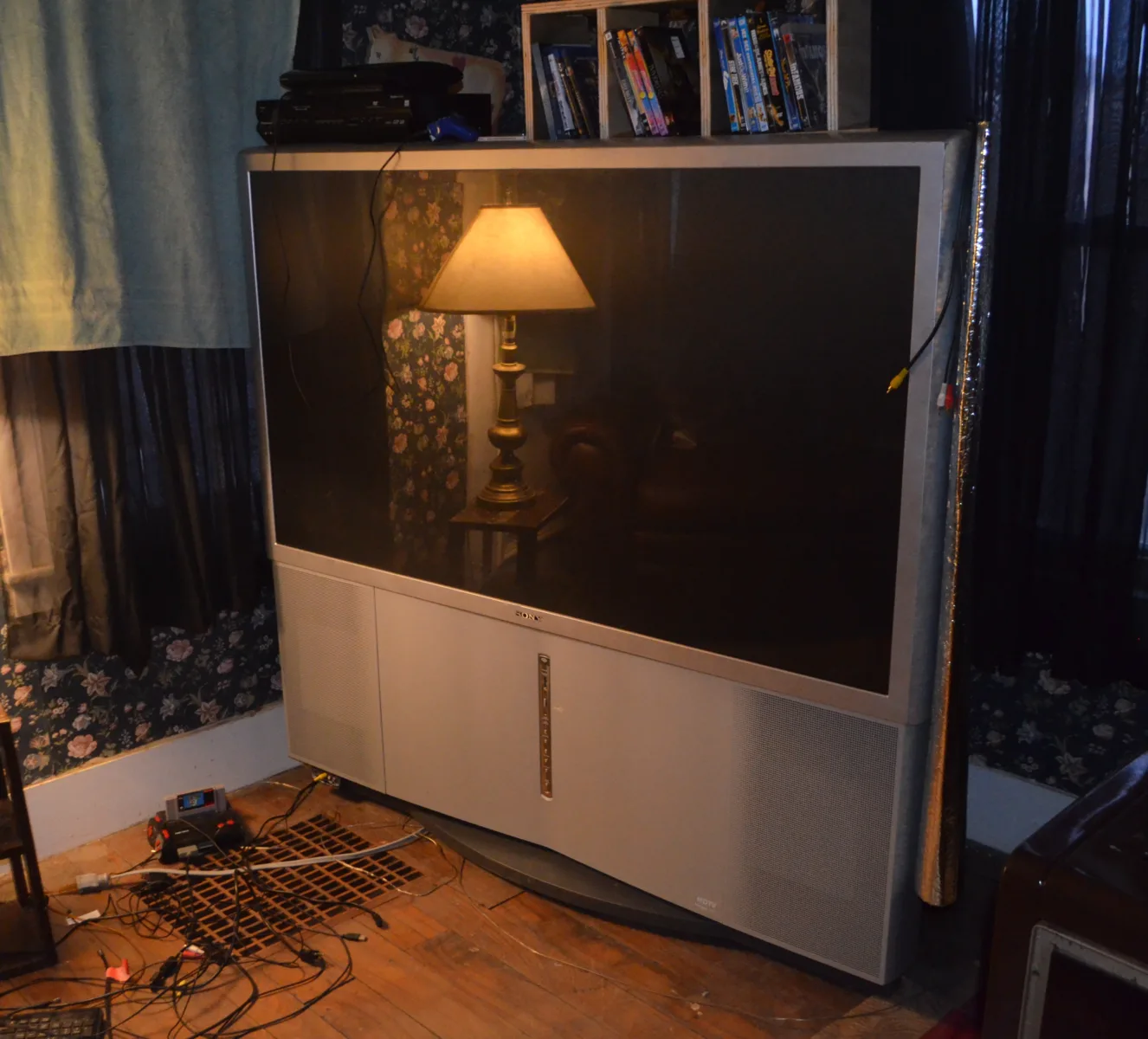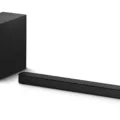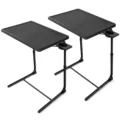Rear projection TVs were once a popular choice for home entertainment systems. These televisions were designed to provide larger screen sizes and improved picture quality. However, with the advent of newer technologies such as LCD and LED TVs, rear projection TVs have become less popular in recent years.
One of the main reasons for this decline in popularity is the bulky size of rear projection TVs. These TVs require a lot of space and are not easy to move around. Additionally, they consume a lot of power, which can result in higher electricity bills.
Despite these drawbacks, rear projection TVs still have some advantages. The larger screen size is one of the biggest advantages. This makes them perfect for home theaters or for watching movies with a large group of people. They also offer improved contrast due to the ability to control illumination in the light path.
Another advantage of rear projection TVs is their affordability. These TVs are often available at lower prices than their LCD and LED counterparts. This makes them a good choice for those who are looking for an affordable home entertainment system.
However, the main question that arises is whether rear projection TVs are worth anything in today’s market. The answer to this question is, unfortunately, no. These TVs are outdated and are no longer in demand. Even if they are in good working condition, they can be difficult to sell.
So, what can you do with an old rear projection TV? There are a few options. You can sell it for parts, donate it, repurpose it, repair it, or junk it. Selling it for parts is a good option, as there are people and businesses who need various parts to use in like devices. Donating it to a charity or other organization is also a good choice, as long as it is in working condition. Repurposing it is another option, such as using it as a video game console or computer monitor. Repairing it for continued use is also possible, but it may be difficult to find replacement parts for an outdated TV. junking it is an option, but it is important to dispose of it properly to avoid harming the environment.
Rear projection TVs are no longer worth anything in today’s market. While they still offer some advantages, such as larger screen sizes and improved contrast, they are outdated and no longer in demand. If you have an old rear projection TV, there are a few options for what to do with it, including selling it for parts or repurposing it.

What to Do With an Old Rear Projection TV
When it comes to an old rear projection TV, there are several options available to you. Firstly, you can sell it for parts. There are individuals and businesses who require various parts to use in similar devices. Secondly, you could donate it to a charitable organization. Some organizations will accept a working projection television. Thirdly, you could repurpose the TV. For instance, you could use the screen as a backdrop for your home theatre or gaming setup. Fourthly, you could repair the TV for continued use. if none of these options work, you could junk the TV.
The Benefits of Rear Projection TVs
Rear projection TVs were once a popular choice for home entertainment, but they have become less common in recent years due to advancements in technology. While they can still produce decent picture quality, they are limited in their capabilities compared to modern TVs.
Here are some factors to consider when evaluating the quality of rear projection TVs:
– Size: Rear projection TVs were known for their large screen sizes, making them a popular choice for those who wanted a cinematic experience at home. However, today’s flat-screen TVs can also come in large sizes that can rival rear-projection TVs.
– Resolution: While some rear projection TVs can display 1080p resolution, they are not capable of displaying 4K resolution, which is becoming the new standard for high-quality visuals.
– Contrast: Rear projection TVs can struggle with contrast, which can impact the overall picture quality. This can be especially noticeable in darker scenes, where details can be lost.
– Viewing angle: Rear projection TVs can have limited viewing angles, meaning that the picture quality can degrade if you are not sitting directly in front of the screen.
– Bulky design: Rear projection TVs are typically bulkier than modern TVs, which can make them more difficult to move and set up.
While rear projection TVs can still produce decent picture quality, they are limited in their capabilities compared to modern TVs. If you are looking for a high-quality home entertainment experience, it is generally recommended to invest in a modern flat-screen TV that can offer more advanced features and capabilities.
The Benefits of Using a Rear Projection Screen
Rear projection screens can be a good choice for certain applications due to their unique advantages. These screens are typically used in larger venues, such as theaters, conference rooms, or event spaces, where a large image is needed for a large audience. One advantage of rear projection is that it can provide a larger and brighter image than other types of screens, such as front projection screens. This is because the projector is located behind the screen, allowing the light to pass through the screen before reaching the audience.
Another advantage of rear projection is improved contrast. By controlling the illumination in the light path, the screen can provide better contrast between light and dark areas of the image. This can result in a more vibrant and engaging viewing experience for the audience. Additionally, the separation of the light path from the audience provides flexibility with lighting in the seating area, allowing for better control over the overall viewing environment.
Rear projection screens can be a good choice for certain applications where a large, bright, and engaging image is needed for a large audience. However, it is important to consider factors such as cost, installation, and maintenance when deciding whether the rear projection is the right choice for a particular venue or event.
Conclusion
While rear projection TVs were once popular and offered some advantages such as improved contrast and flexibility with lighting, they are now extremely limited by modern standards. They may still be useful for certain purposes such as selling parts, donating, or repurposing, but their image quality cannot compare to newer technologies such as LCD, OLED, or even newer versions of projection technology. As such, it is recommended that those who are looking for a high-quality viewing experience opt for newer technologies rather than relying on outdated rear projection TVs.








